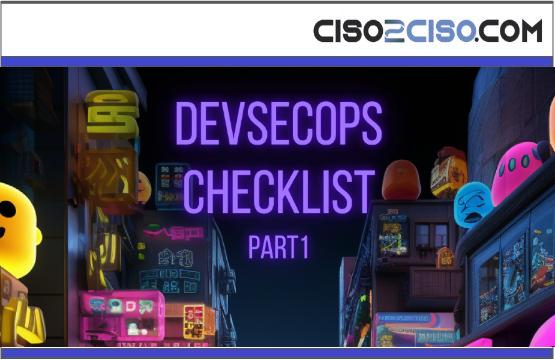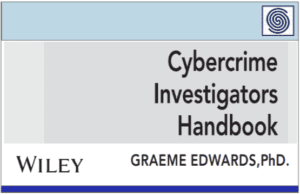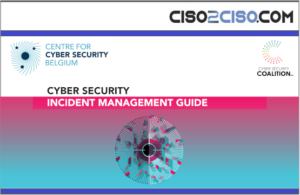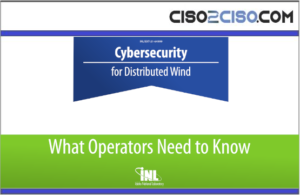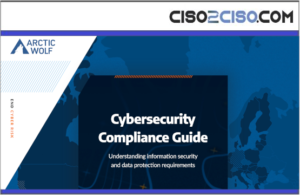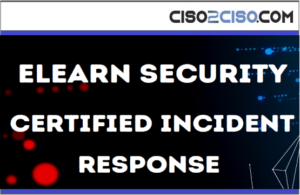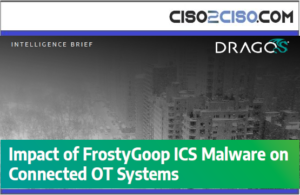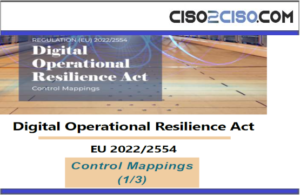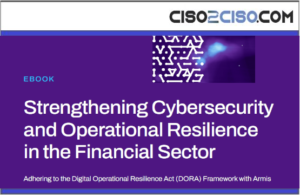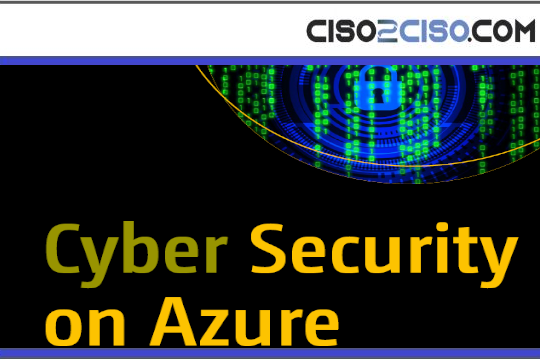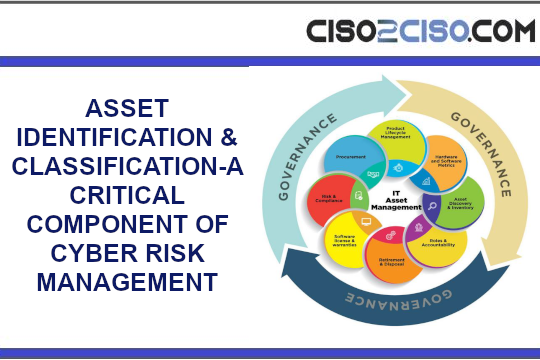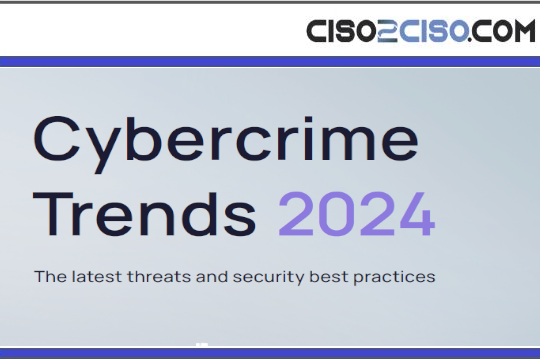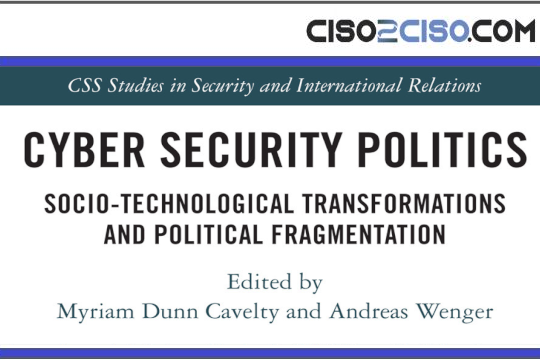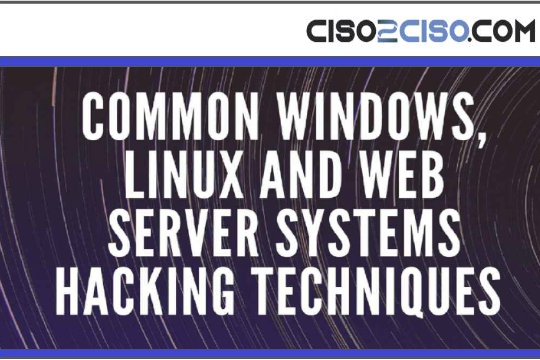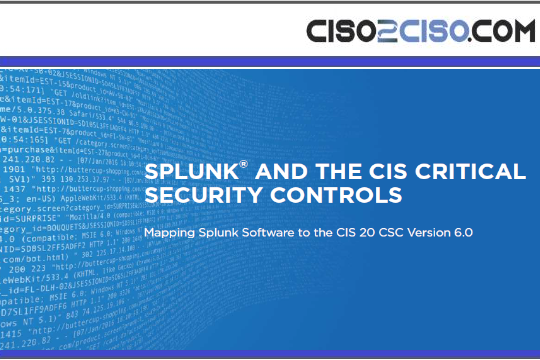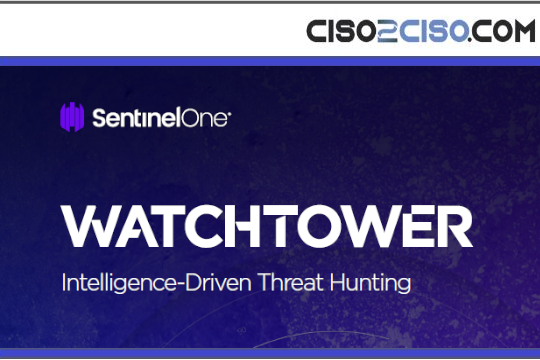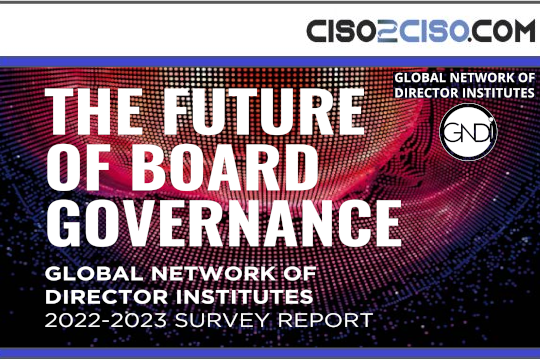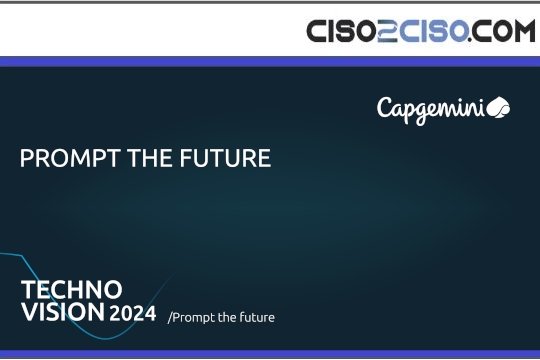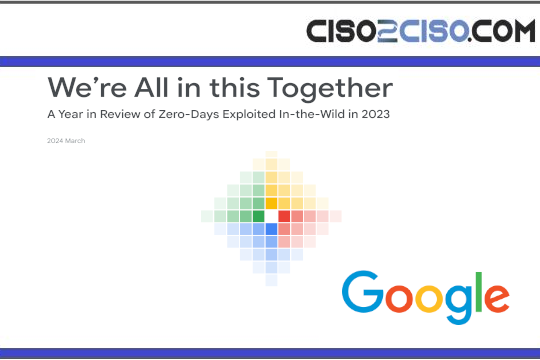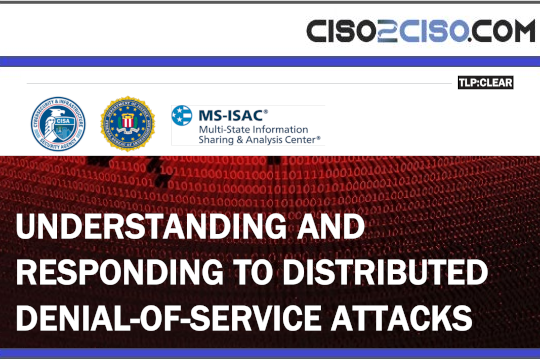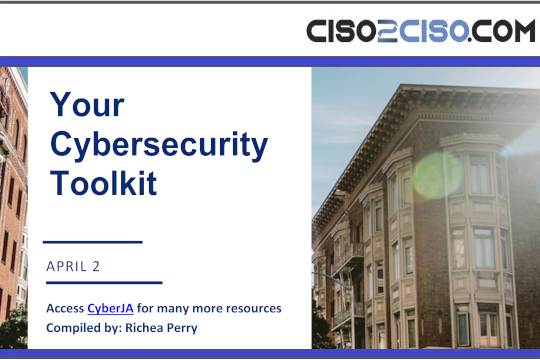It is a crucial guide designed to help organizations fortify their DevSecOps practices by implementing robust security measures across a wide array of tools and platforms. The document delivers comprehensive, actionable checklists tailored for technologies such as Apache, AWS, Docker, Git, and others. Central to its recommendations are strategies for enforcing encryption, like SSL/TLS, enhancing authentication protocols with multi-factor options, and establishing rigorous access controls. It also underscores the importance of continuous monitoring, logging, and regular system updates, ensuring that all aspects of the software development lifecycle remain secure. This checklist not only helps prevent potential vulnerabilities but also promotes a security-first culture in DevSecOps, enabling teams to build, deploy, and manage applications with confidence.
Key Sections and Highlights:
- Apache:
- Emphasizes the importance of hardening the server by disabling unnecessary features, enabling HTTPS, and setting secure HTTP response headers.
- ArgoCD:
- Focuses on securing the API server, enforcing HTTPS, enabling RBAC, and setting up backup and recovery plans.
- Auth0:
- Recommends enabling multi-factor authentication, setting strong password policies, and implementing automated log monitoring and alerts.
- AWS:
- Suggests enabling multi-factor authentication, setting session timeouts, and monitoring all sign-in events for enhanced security.
- Ceph:
- Covers steps to ensure data security through SSL/TLS encryption, secure file permissions, and network segmentation.
- Consul:
- Includes best practices such as enabling TLS encryption, limiting API access, and setting up audit logging.
- CouchDB:
- Advises on securing the database by enforcing SSL/TLS encryption, restricting access to configuration files, and regularly updating the system.
- Docker:
- Highlights the importance of using Docker Secrets, limiting container capabilities, and enabling Docker Swarm mode for better resource management.
- eBPF:
- Focuses on using eBPF for monitoring system calls, enabling security monitoring, and limiting map operations.
- Elasticsearch:
- Recommends securing Elasticsearch by disabling dynamic scripting, using a reverse proxy, and restricting access to certain ports.
- etcd:
- Discusses the importance of enabling authentication, configuring TLS encryption, and setting up access control lists.
- Git:
- Advises on using GPG for signed commits, enabling two-factor authentication, and configuring Git to ignore file mode changes for security.
Views: 1

